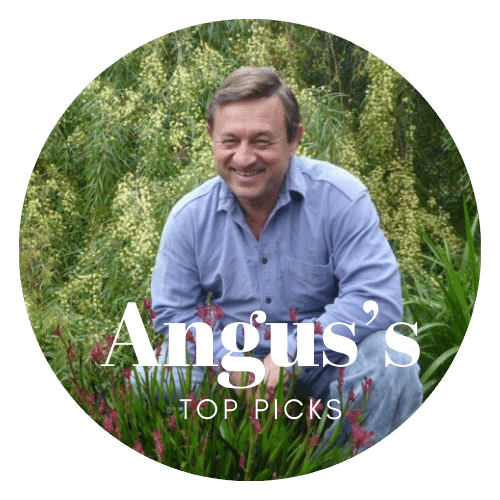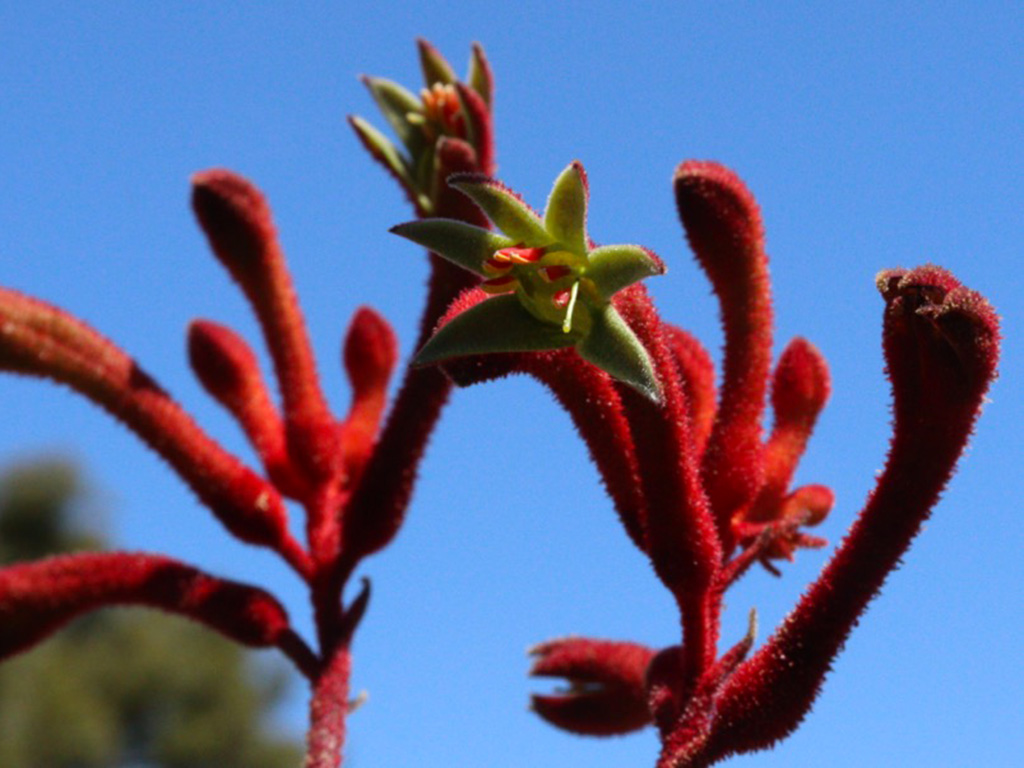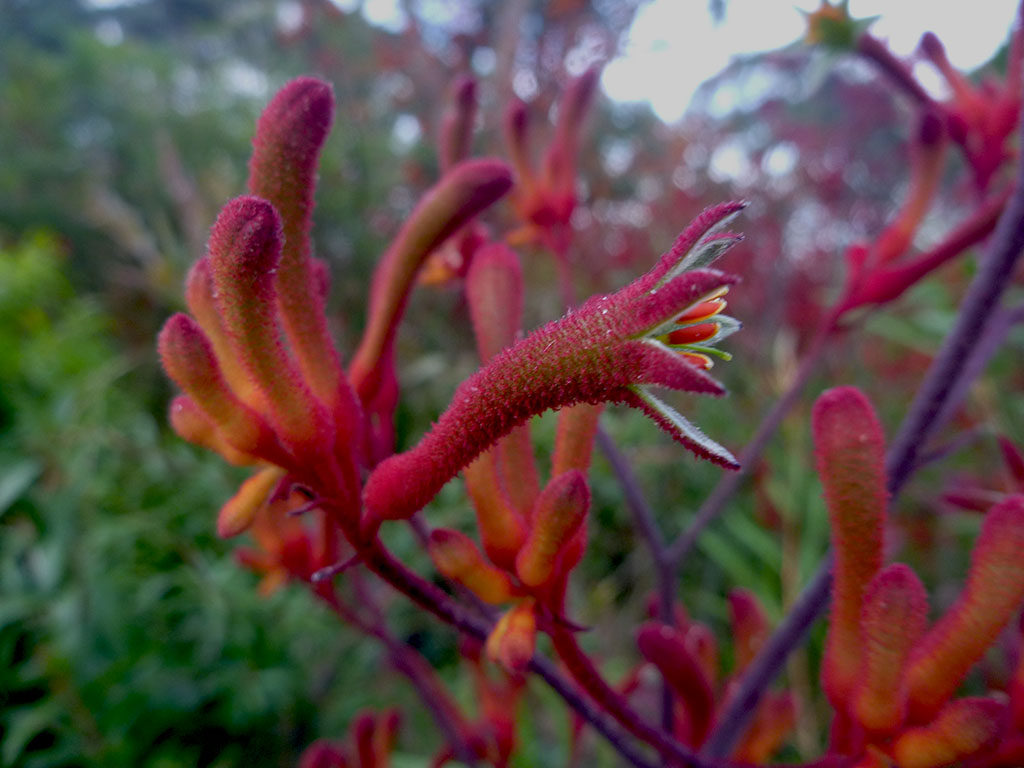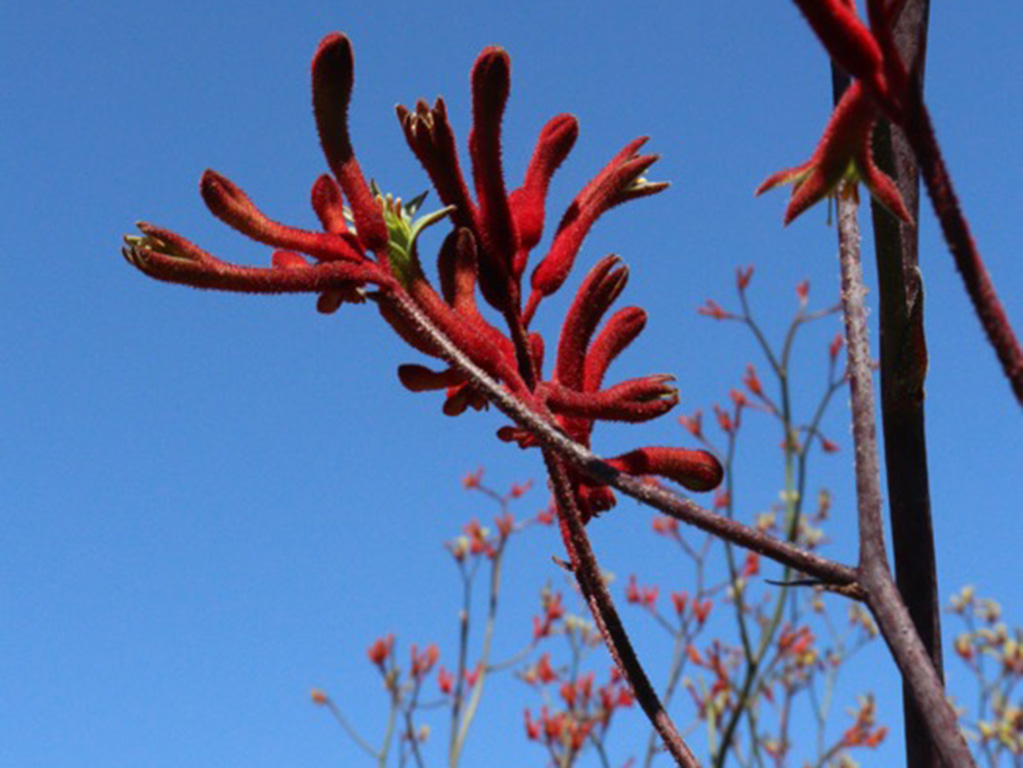T
The Tall Kangaroo Paw (Anigozanthos flavidus) is the most reliable and long lived of this iconic group of Western Australian plants. The leathery, dark green leaves are very tough and tend to hold up better against leaf blackening (often referred to as ink spot) than all other kangaroo paw species. There are true breeding flower colour forms of the Tall Kangaroo Paw, this one is red as in the above photos.
It is a great bird attracting garden plant that can be a feature at the back or middle of ornamental garden beds. Remove the dead flower stems and their associated foliage as soon as possible after the flowers start to lose their colour. One the plant reaches a diameter of 30 to 50cm after a few years the clean-up process can be done very quickly by chopping the whole plant back to ground level using shears or a whippersnipper. The Tall Kangaroo Paw is very tolerant of a wide range of soil types including clay soils. In fact, it thrives in quite damp positions and responds particularly well to regular fertilizing from autumn through to spring.



